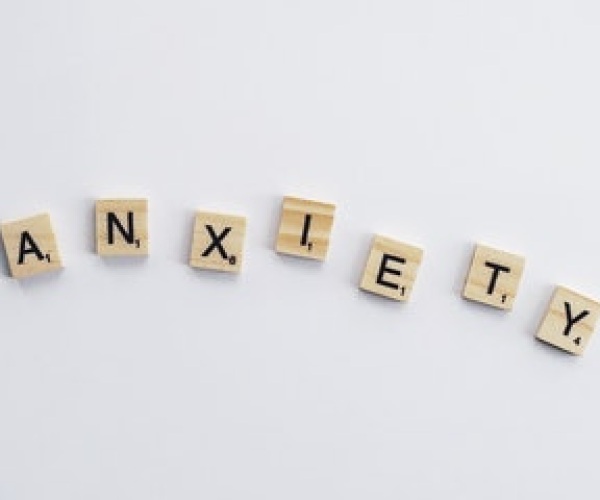Types of Anxiety

In 2018 alone, 13 % of Australians (3.2 million people) reported having an anxiety-related condition, a 2% increase from previous years. Anxiety is different for everyone, people experience different symptoms and at different times from different triggers. There are multiple types of anxiety, and many people can experience symptoms of more than one type at any time and can experience different types across their life.
The most common types of anxiety are:
- Generalised Anxiety Disorder
- Social Anxiety
- Specific Phobias
- Panic Disorder
- Separation Anxiety
- Obsessive Compulsive disorder
Anxiety may also be present in other conditions such as Post-Traumatic Stress Disorder, and it is common for anxiety to exist alongside many different forms of mental illness.
The Common Types of Anxiety
Generalised Anxiety (GAD)
A person feels anxious on most days, they worry about many different areas of their life, and these worries are persistent and get in the way of day-to-day life.
Social Anxiety
A person with social anxiety has a fear of being judged by others. They may be extremely focused on what other people think of them and worry about being judged, embarrassed or humiliated in everyday situations that involve other people.
Specific Phobias
An individual with a specific phobia is fearful of a specific object or situation and will often go to great lengths to avoid it. Examples of specific phobias include spiders, heights, travelling or needles.
Panic Disorder
A person with panic disorder may experience panic attacks that are intense, overwhelming and often uncontrollable with a range of physical symptoms that one may report as feeling similar to a heart attack.
Separation Anxiety
Often separation anxiety is found in young children and adolescents. This occurs when an individual fears being apart from a caregiver or safe person.
Obsessive Compulsive Disorder (OCD)
Obsessive Compulsive Disorder is a form of anxiety in which an individual may experience unwanted or intrusive thoughts and fears that cause anxiety and carry out specific behaviours or rituals to relieve the anxiety.
Treatment Options for Anxiety
The following table details examples of symptoms experienced with each type of anxiety and the possible treatment options available. Treatment may depend on your exact symptoms, and discussion with your psychologist will help to determine the best therapy for you.
| Type of Anxiety | Symptoms | Treatment Options |
| GAD | Feeling restless or on edge, Feeling tired, Difficulty concentrating, Feeling irritable, Muscle tension, Trouble sleeping and Low or depressed mood. |
|
| Social Anxiety | Avoidance of social situations or meeting new people, Feeling embarrassed and hot, Sweating, Trembling, Blushing, Stammering when speaking or Nausea and diarrhoea. |
|
| Specific Phobia | Persistent, excessive and unreasonable fear, Avoidance, Trembling, Sweating, and Panic. |
|
| Panic Disorder | Shortness of breath, Chest pain, Dizziness, Feeling faint or nauseous, Excessive sweating and Clammy skin. |
|
| Separation Anxiety | Avoidance of separation, Worry about the negative consequence of separation, Irritability when separated, Physical complaints when separated |
|
| Obsessive-Compulsive Disorder | Repetitive thoughts or concerns, Repetitive activities to relieve anxiety related to thoughts or concerns, Panic when activities are not completed, Behaviours taking up more than one hour per day or interfering with day-to-day life. |
|
If you are experiencing symptoms of anxiety it is important to seek help early. Call your GP or Prosper Health Collective where we can help you to build awareness of your triggers, help you to understand the type of anxiety that you are experiencing and enable you to use skills to manage your anxiety.
References